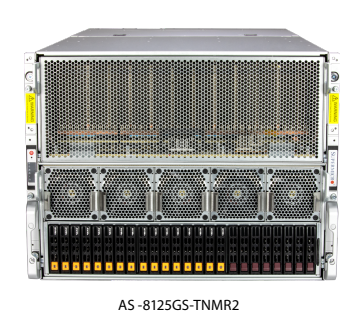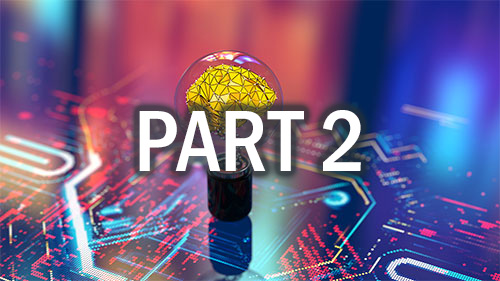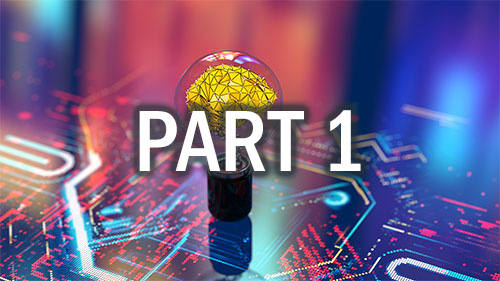If your organization provides data-center hosting services, brace yourself. Due to changing customer demands, you’re about to need an entirely new infrastructure stack.
So argues Chris Drake, a senior research director at market watcher IDC, in a recently published white paper sponsored by Supermicro and AMD, The Power of Now: Accelerate the Datacenter.
In his white paper, Drake asserts that this new data center infrastructure stack will include new CPU cores, accelerated computing, rack-scale integration, a software-defined architecture, and the use of a micro-services application environment.
Key drivers
That’s a challenging list. So what’s driving the need for this new infrastructure stack? According to Drake, changing customer requirements.
More specifically, a growing need for hosted IT requirements. For reasons related to cost, security and performance, many IT shops are choosing to retain proprietary workloads on premises and in private-cloud environments.
While some of these IT customers have sufficient capacity in their data centers to host these workloads on prem, many don’t. They’ll rely instead on service providers for a range of hosted IT requirements. To meet this demand, Drake says, service providers will need to modernize.
Another driver: growing customer demand for raw compute power, a direct result of their adoption of new, advanced computing tools. These include analytics, media streaming, and of course the various flavors of artificial intelligence, including machine learning, deep learning and generative AI.
IDC predicts that spending on servers ranging in price from $10K to $250K will rise from a global total of $50.9 billion in 2022 to $97.4 billion in 2027. That would mark a 5-year compound annual growth rate of nearly 14%.
Under the hood
What will building this new infrastructure stack entail? Drake points to 5 key elements:
- Higher-performing CPU cores: These include chiplet-based CPU architectures that enable the deployment of composable hardware architectures. Along with distributed and composable hardware architectures, these can enable more efficient use of shared resources and more scalable compute performance.
- Accelerated computing: Core CPU processing will increasingly be supplemented by hardware accelerators, including those for AI. They’ll be needed to support today’s—and tomorrow’s—increasingly diverse range of high-performance and data-intensive workloads.
- Rack-scale integration: Pre-tested racks can facilitate faster deployment, integration and expansion. They can also enable a converged-infrastructure approach to building and scaling a data center.
- Software-defined data center technology: In this approach, virtualization concepts such as abstraction and pooling are extended to a data center’s compute, storage, networking and other resources. The benefits include increased efficiency, better management and more flexibility.
- A microservices application architecture: This approach divides large applications into smaller, independently functional units. In so doing, it enables a highly modular and agile way for applications to be developed, maintained and upgraded.
Plan for change
Rome wasn’t built in a day. Modernizing a data center will take time, too.
To help service providers implement a successful modernization, Drake of IDC offers this 6-point action plan:
1. Develop a transformation road map: Aim to strike a balance between harnessing new technology opportunities on the one hand and being realistic about your time frames, costs and priorities on the other.
2. Work with a full-stack portfolio vendor: You want a solution that’s tailored for your needs, not just an off-the-rack package. “Full stack” here means a complete offering of servers, hardware accelerators, storage and networking equipment—as well as support services for all of the above.
3. Match accelerators to your workloads: You don’t need a Formula 1 race car to take the kids to school. Same with your accelerators. Sure, you may have workloads that require super-low latency and equally high thruput. But you’re also likely to be supporting workloads that can take advantage of more affordable CPU-GPU combos. Work with your vendors to match their hardware with your workloads.
4. Seek suppliers with the right experience: Work with tech vendors that know what you need. Look for those with proven track records of helping service providers to transform and scale their infrastructures.
5. Select providers with supply-chain ownership: Ideally, your tech vendors will fully own their supply chains for boards, systems and rack designs such as liquid-cooling systems. That includes managing the vertical integration needed to combine these elements. The right supplier could help you save costs and get to market faster.
6. Create a long-term plan: Plan for the short term, but also look ahead into the future. Technology isn’t sitting still, and neither should you. Plan for technology refreshes. Ask your vendors for their road maps, and review them. Decide what you can support in-house versus what you’ll probably need to hand off to partners.
Now do more:
- Read the full IDC white paper: The Power of Now: Accelerate the Datacenter
- Check out AMD Instinct MI300 Series accelerators
- Explore Supermicro rack scale solutions












